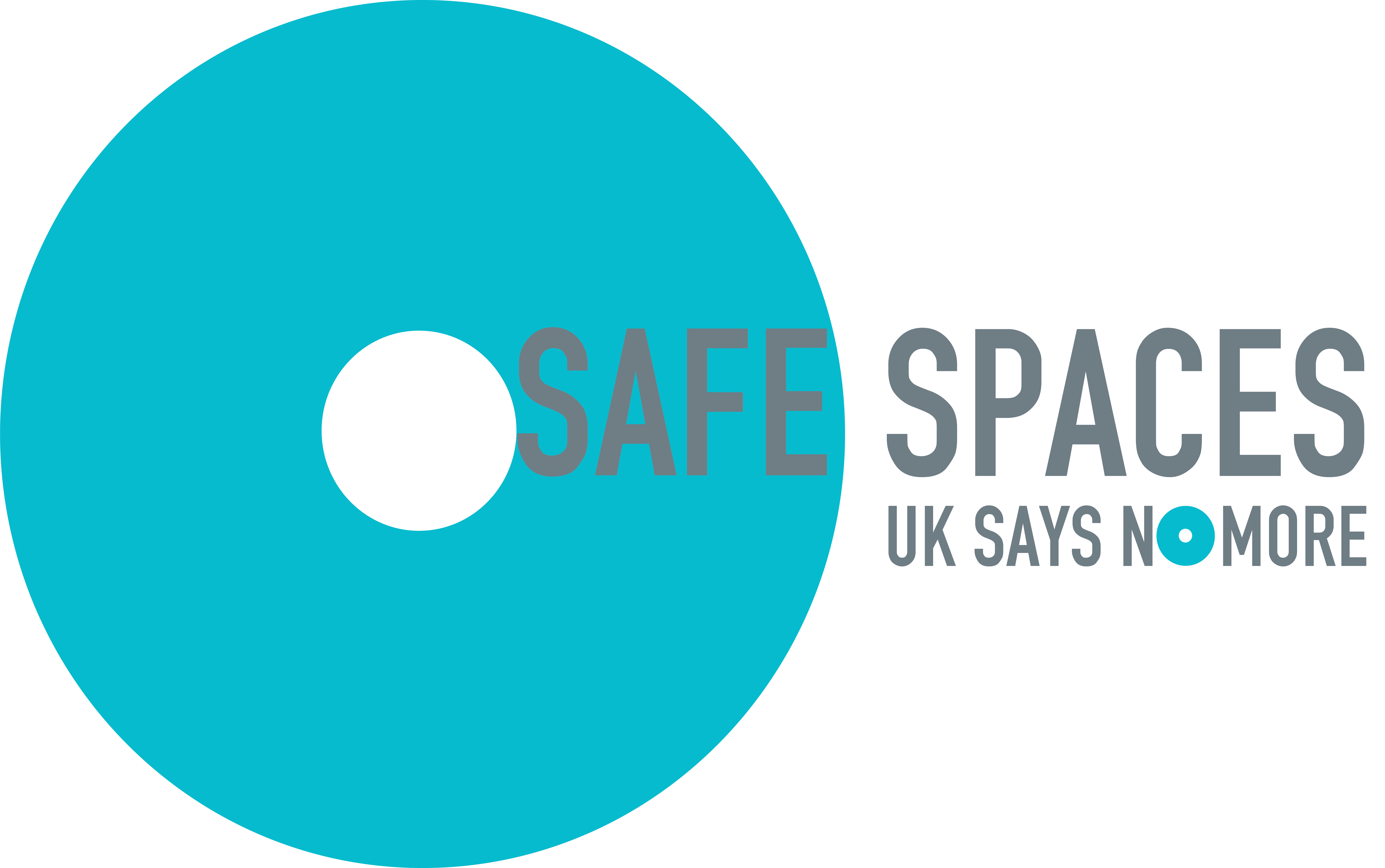It does not have to be this way. Taking a holistic and comprehensive view of how to close the gap, can and will have a significant impact for those organisations who choose to take that route. To do this, organisations need to look at all aspects of the employee lifecycle. Job design is the first step, identifying barriers and opportunities to be more inclusive is the lynchpin of recruiting diverse talent.
Advertising in different channels and reviewing language and tone will help attract more female talent but only if the organisational culture is open to new and different hires. Retaining top female talent will only be successful if the working environment is welcoming to all women.
Simply addressing the gender pay gap as a female issue is another key mistake – some women come from different cultural backgrounds, some are disabled, some are gay whilst others are carers. Taking a one-dimensional approach to tackling gender issues will only solve a small proportion of the problem. This will only become a more prominent issue as the Ethnicity Pay Gap reporting becomes mandatory, currently proposed for 2020.
It is clear that ensuring maternity policies are adequate, flexible working is adopted, now extending to offering support for women during the menopause in the workplace. All of these are important in addressing the gender pay gap.
However, there are few organisations who have tested the equality impact of the performance management process, change management methodology, succession planning, absence management – the list is endless. Those that have always identifed adverse impact that has an effect on women being their best at work, or women being recognised for their contribution.
You may note at this point, that I have yet to even mention pay or reward mechanisms. There are so many barriers to consider here; service based pay increments, still prevalent in public sector will always impact negatively on women; career breaks, part time working, all result in a reduced pay level. Performance related pay is highly likely to drive gaps as men are more likely to promote their achievements and gain the associated reward.
Just looking at the bonus pay gap in itself highlights a number of challenges. Why are bonuses still reserved for the few at a senior level; remember the cleaner who put the man on the moon at NASA? Inclusion should mean bonuses for all. The lack of women in senior roles comes back to job design and the failure of organisations to benefit from the immense value of transferable skills. The link between performance processes and bonus again negatively influencing women, those with mental health challenges, those from a BAME background.
Of course, the GPG data in isolation does not tell all of the story. There are organisations who have a predominantly male workforce who therefore have a low gap due to a lack of comparator. There are organisations who have gaps of 20%+ but who have been affecting genuine change for some years in a traditionally male environment. There is only one solution and it is in reach of all organisations – make inclusion a priority. Invest in a change programme that will bring you more talent, innovation, profit and a secure workforce for the future.
To really reap the rewards of your change programme you need to understand where you are now, beyond numbers and data. Take a holistic view that uses the data but also engages the key stakeholders in your business – male and female. Starting immediately with a deep dive gender pay gap review could be your first step to beating the competition.
The Clear Company Pay Gap audit is based on 15 years of experience in the diversity and inclusion space. In-depth research, delivered by experts in their field provides an accurate insight into the reasons for your Gender Pay Gap. Specific, practical solutions deliver tangible, long term change supported by a range of product toolkits. For more details, email enquiries@theclearcompany.co.uk to arrange a call about how we can help.
About the Clear Company
The Clear Company are the recognised leaders of inclusive recruitment and talent management insight, training and technology in the UK. Established in 2003 clients such as Lloyd’s of London, Highways England, Ofcom, The Civil Service, Co-op and PageGroup have taken significant steps on their inclusion journey, becoming leaders in their sectors around hiring and ongoing talent management.
Products include:
Clear Audit – an in-depth process of research, interviews and workshops designed to engage people across the business. Delivered by experts in their field, Clear Audit provides an accurate insight to the business showing the different angles that impact diversity. It establishes foundations for change, with innovative roadmaps supported by practical solutions and toolkits.
Clear Assured – HR inclusion Software that intelligently guides organisations through their specific inclusion journey resulting in an accredited standard.
Clear Learning – an award winning and accredited learning programme proven to improve skills and overcome inclusive hiring challenges. Available as a digital Learning Management System, as a 2 day face to face workshop or a blended digital and 1 day workshop course.
About the Clear Company
The Clear Company are the recognised leaders of inclusive recruitment and talent management insight, training and technology in the UK. Established in 2003 clients such as Lloyd’s of London, Highways England, Ofcom, The Civil Service, Co-op and PageGroup have taken significant steps on their inclusion journey, becoming leaders in their sectors around hiring and ongoing talent management.




